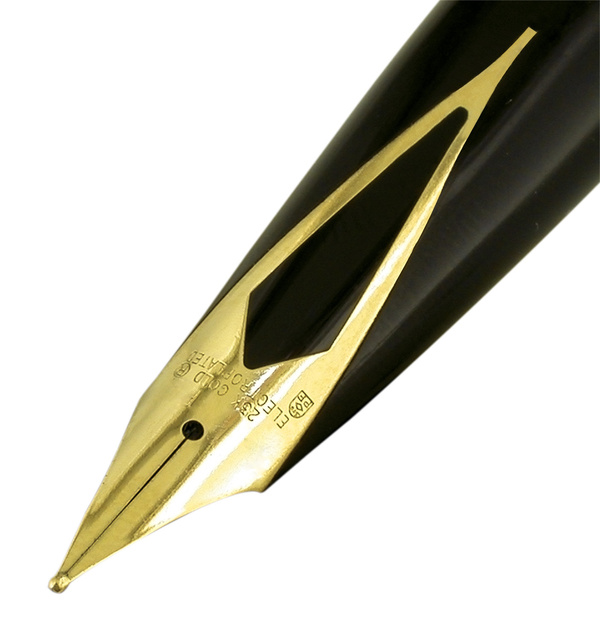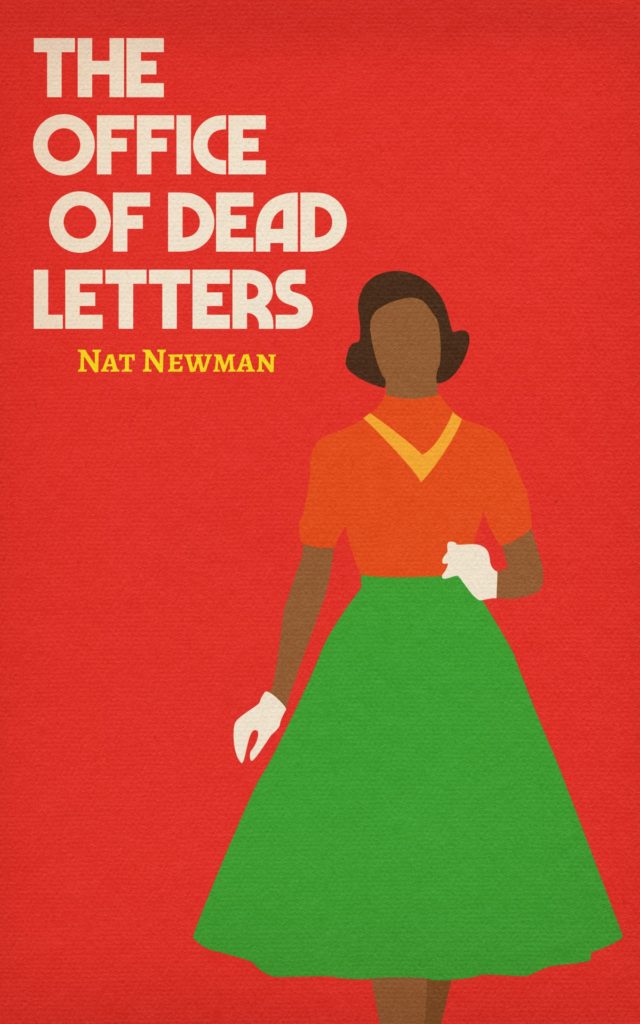Many years ago, I stayed with a friend in Kendal. He was a locum in the hospital and was living in nurses’ quarters. The room was nothing much, a tiny space with a single bed, a wardrobe, a desk and a window through which we watched with genuine joy as snow fell on the carpark. It was during that lovely period between Christmas and New Year which, in Australia, would be spent going to the beach and having barbecues at friends’ places. But this was Northern England, it was freezing, and we mostly huddled indoors on the floor with lots of blankets and books. I can’t remember what I was reading, but I do know that he was reading the letters of Van Gogh. What a strange thing to read, I thought, as we ate peaches out of a tin balanced on our knees. How strange to read someone else’s letters.
I’ve spent a great deal of the past 15 years travelling and as a result I think I post and receive more letters and parcels than most people. New cities, new countries, new experiences seem to invite you to put pen to card and send out a short epistle to a far away friend (or the one sitting next to you, for them to receive when you both get back). It’s nice to let someone know – just now, just as I was looking up at this mountain, I was thinking of you.
There’s nothing quite like receiving mail or parcels in the post. Even in the age of instant messaging, predictive text, Facebook and email, Twitter, Words with Friends, Google Plus and the comments section of the Guardian, where we’re used to being in touch with everyone we’ve ever met – and many we haven’t – spending all our time in a neverending cycle of social touching (and not all of it appropriate) – even in this age, receiving something personal, in the mail, handwritten* and posted, is a lovely joy.
Over the years I’ve gone through phases of letter writing. For a whole month I might write a letter a day, then gradually trickle off to one a week, finally just writing one whenever I happen to be bored in a pub with nothing else to do. This isn’t some faux romantic retro revival thing – I like taking the time to tell someone something, something addressed only to them. No concerns about privacy settings. I’ve had a solid letter writing relationship with a few old friends, although years may lapse between letters. But that’s the great thing about letters – you’re not obliged to answer them right away. You can let some time go by to digest what’s been said and what you want to say back, and there’s no pressure to reply instantly. Many an email conversation has has died a quick death within a day because you’ve used up all there is to say.
Make no mistake: Letters are an indulgence. For a few brief decades they were the norm, and dashing off an unbaked two-sentence note to a friend half the country away while mostly asleep was the regular way to communicate. Now, we do that via text message. But I think that everyone should indulge themselves in letter writing occasionally, so here is my no nonsense guide to becoming a letter writer and receiver.
- It doesn’t matter what you write with. Some people think that they can only write on pink stationery with a fountain pen. But, as my dad has proven time and time again, some of the best letters are written on the back of a bank slip while waiting in line at the post office. I’ve written on restaurant place mats, receipts, chocolate wrappers – whatever was lying around.
- It doesn’t matter how much you write. People feel that if they’re going to go to the trouble of writing a letter it has to be a lengthy tome. But a post-it note sent to an old friend is just as nice as 10 double-sided foolscap pages (sometimes better).
- It doesn’t matter what you write. Closely related to points 1 and 2. I know. You’re looking at your blank page and you have no idea what to say, but you know it should be great. Forget great. Start with the basics. “How are you? I’m fine. I’m a bit chilly cos our heater stopped working and we’re waiting for the repairman. Speaking of repairs, do you think…” and so on. Just go with it. Describe your window. Talk about your landlady. Discuss your bowel habits. Whatever you would talk about together normally. It doesn’t have to be Jane Austen. It doesn’t even have to be Dan Brown.
- Be patient. Write back. Take your time. Enjoy the letter you sent. Enjoy the letter you received. Enjoy the times between letters. But one day, one day, try to write back. And don’t be afraid.
Just do it** and don’t panic.
And finally;
It’s a fool proof guide, really. Why not write to five people this year? Anyone. Your Nan. Your best friend. Your local parliamentary member. A favourite author. Your husband, wife, partner or child. A letter can be kept and cherished, it can inspire or make you laugh. Or it can just do its humble job and pass on a bit of information from one person to another.
Back in Kendal, my friend and I talked about what letters mean, if they mean anything. Why would they ever be important? And we figured out why — The last person to touch a letter when it’s done is the writer. And the first person to touch it when it’s opened is the reader. Across all the oceans, deserts, mountains, rivers, streets or even across the table – the sending of a letter is a small touch, a gesture, a slight brush against the skin.
Just do it and don’t panic. It’s just a letter. It’s just a touch. It’s just a letter.
* It doesn’t even have to be handwritten. My friend G sends great letters that are typed up and printed, as he doesn’t trust his handwriting.
** But maybe think twice before sending something to, say, an ex lover or boss. Just like with text and email, always think that one through. Just saying.




